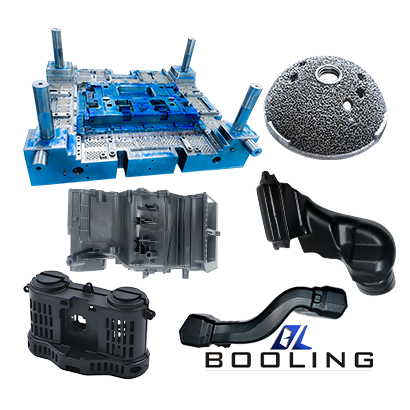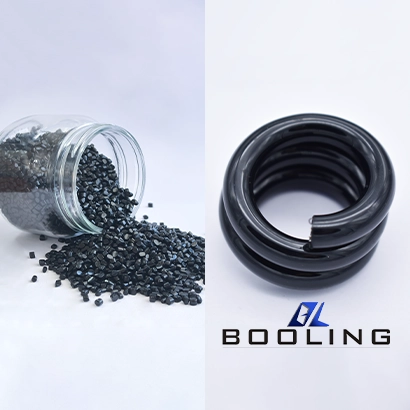Home > 3D Printing Service > PLA 3D Printing
PLA 3D printing is a technology that uses PLA materials to stack and print physical products. PLA material is a biodegradable material made from plant carbohydrates fermented and polymerized. It can decompose in the natural environment and can be combined with 3D printing technology to produce various biodegradable and environmentally friendly products. Booling can provide personalized customization services for PLA 3D printing, and the product can be formed without the help of molds.
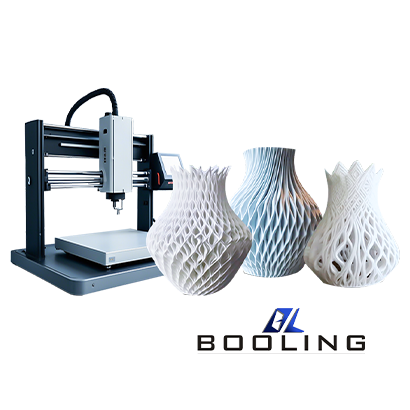
PLA 3D printing is an economical additive manufacturing technology with good printing performance and sustainability, meeting users’ needs for personalized customization.
- High Material Utilization Rate
- Low Environmental Pollution
- Easy to Operate
PLA 3D Printing Capabilities
Booling uses 3D printing technology to achieve precision production of small batches of highly complex PLA products.
·
US
Metric
PLA
47.2in. x 31.4 in. x 23.6 in.
1200mm x 800mm x600mm
PLA 3D printing is mainly used in the production of decorative products, small tools, and small workpieces.
PLA 3D Printing Material
PLA is made from renewable resources such as corn starch, sugar cane, and cassava roots. It is widely available and biodegradable.
Material
- PLA
The Advantages of PLA 3D Printing
Polylactic acid (PLA) is one of the most commonly used materials in 3D printing. It is chosen by many users for its flexibility and biodegradability.
- PLA has processing flexibility, low melting temperature, and fast printing speed
- It has a wide range of applications and is mainly used for the production of decorative products, small tools, and small workpieces
- PLA is biodegradable, avoiding the defects of traditional plastic processing that are difficult to degrade.
- PLA material is easy to print, the steps are simple, and there is no need to set overly complex parameters
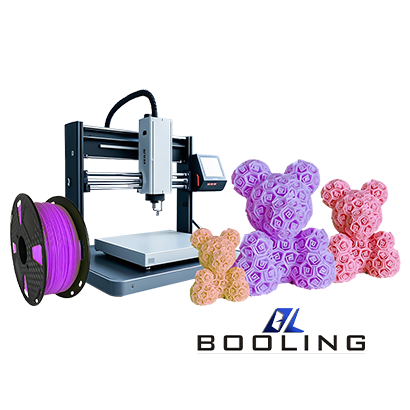
Application of PLA 3D Printing
PLA 3D printing technology is developing rapidly. It is not only non-toxic and odorless during the printing process but also can be naturally decomposed after use, avoiding the defect of traditional plastics that are difficult to degrade. It is used in furniture, daily necessities, medical treatment, construction, and other fields.
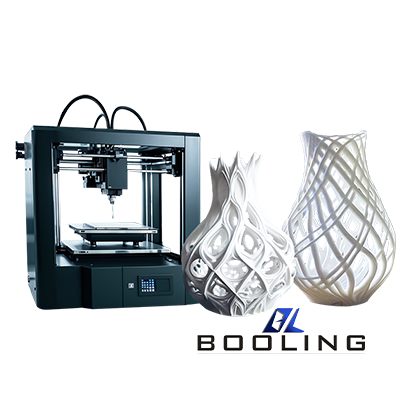
Guidelines for PLA 3D Printing
Engineers can adjust printing parameters according to user requirements for products, mainly including printing thickness, printing speed, and temperature, to achieve customized production.
PLA 3D printing technology is an additive manufacturing technology that uses biodegradable PLA material extracted from plant starch to make filaments or particles for processing, becoming an important technology in the field of rapid prototyping and personalized 3D product processing.
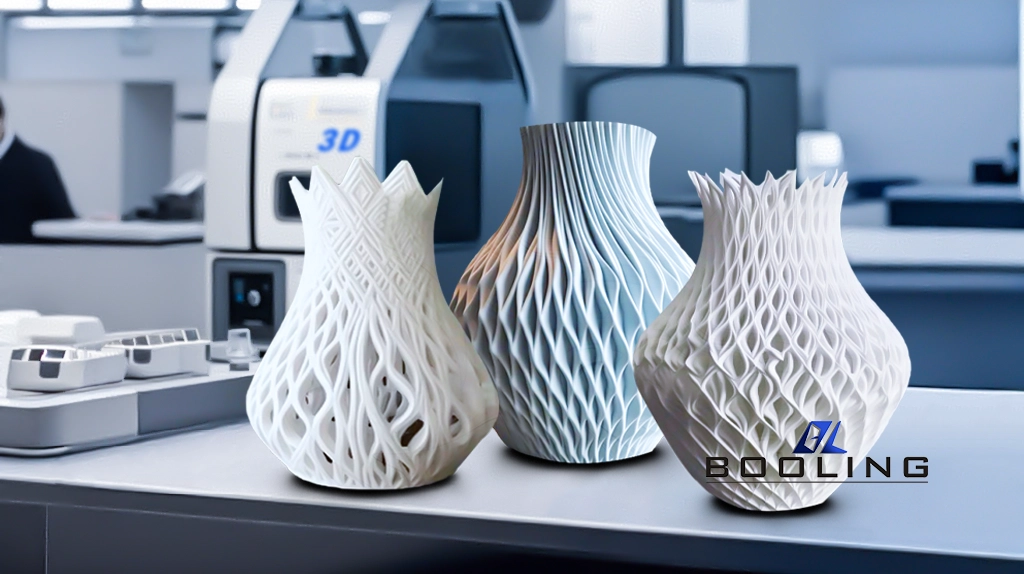
Characteristics of PLA 3D Printing Technology
Compared with ordinary 3D printing technology, PLA 3D printing technology has its characteristics in terms of raw materials, printing effects, printing process parameters, and use environment. Booling engineers select suitable PLA materials according to customer needs to achieve high-quality printing effects and a good user experience.
- Printing Effect
PLA material 3D printing products have a smooth surface and good texture, which is suitable for some models with high requirements for appearance.
- Materials
PLA is a degradable material, which is formed by fermentation and purification of plant materials, such as corn starch. PLA 3D printing has good environmental performance and avoids the environmental damage caused by the inability of traditional plastics to degrade naturally.
- Printing Parameters
The temperature setting for PLA 3D printing is relatively low, between 180~200℃, and it needs to be reasonably set according to the model and parameters of the printer.
- Environmental Requirements
During the manufacturing process, PLA will not produce a strong odor. Compared with ABS 3D printing, some gases will be generated during the process, which is harmful to health. It needs to be used in a well-ventilated environment or with the help of some professional air equipment.
Equipment Maintenance for PLA 3D Printing
In order to ensure the precision of 3D printed products and extend the service life of the equipment, Booling provides 3D printing equipment maintenance solutions.
- Daily maintenance: When the PLA 3D printer is not used for a long time, please place the 3D printer in a dry and ventilated place and cover it with cloth or film to prevent dust from affecting the accuracy of the equipment. If there is no special situation that requires maintenance, it is recommended to maintain it once a month and do a good job of cleaning, such as dust cleaning, oil wiping, and bearing oiling.
- Regular inspection: Booling technicians need to regularly check the mechanical parts of the 3D printer and check whether every detail of the parts is loose. If the situation is serious, the parts need to be replaced and processed in time.
- Equipment lubrication maintenance: It is necessary to regularly check and ensure that the 3D printing bearings have sufficient lubricating oil
- Consumable maintenance: PLA materials should be treated with moisture-proof. Booling engineers will place the materials in a confined space to avoid problems such as PLA filament drawing and breakage.

